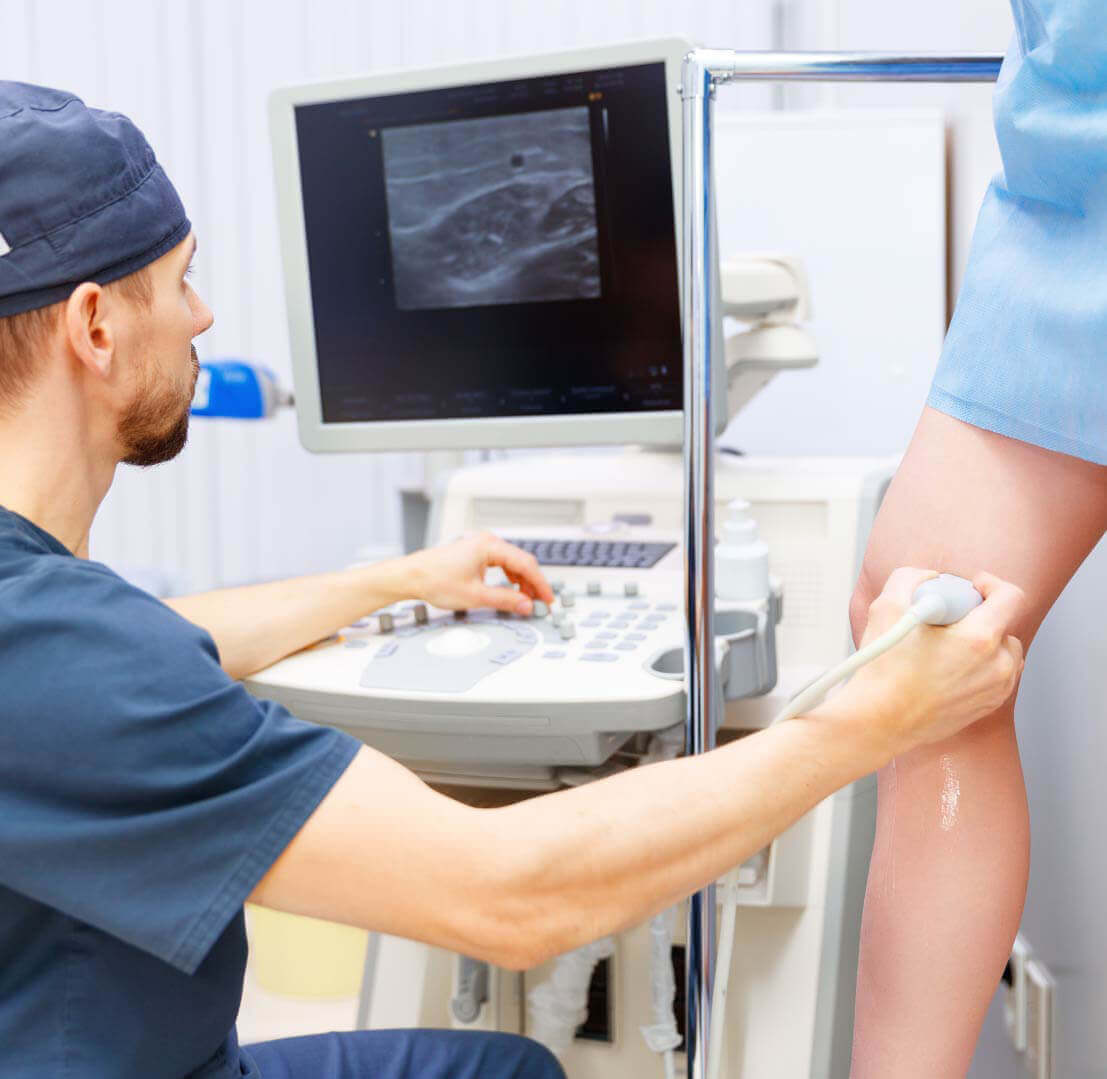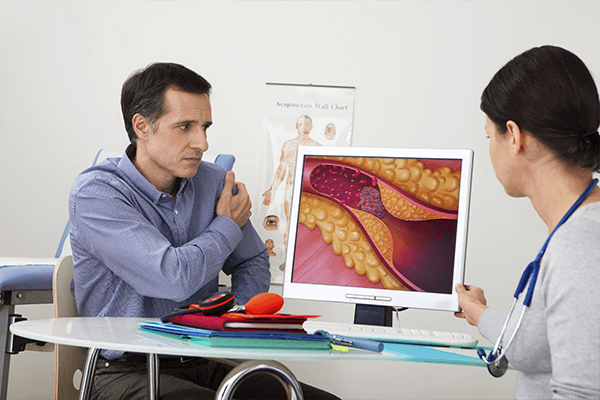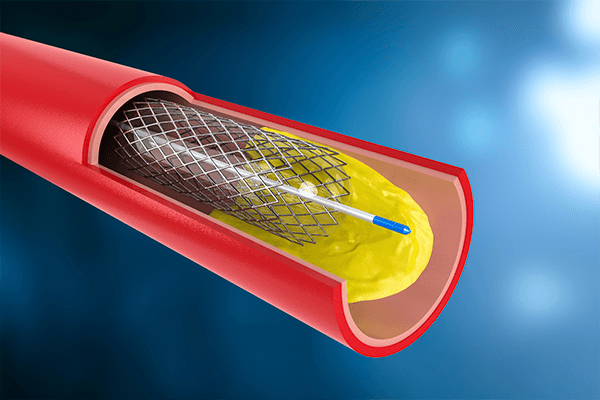Varicose veins, spider veins and venous diseases in general are a very common phenomenon that appear more often in women and usually involve the lower extremities of the human body. Although in some cases the patient does not report any particular symptoms, venous diseases usually cause heaviness, itching or even pain in the lower limbs, while their appearance has a significant impact on the patients' quality of life.
Venous diseases always follow an evolutionary course. This means that they deteriorate over time. In cases where the appropriate treatment is not carried out, there is a significantly increased chance of complications such as changes in the color and quality of the skin, venous ulcer and thrombosis. Complications that unfortunately put the patient at potentially great risk.
The aim of the Vascular Surgery Center is to make the diagnosis immediate and simple, as well as the treatment of these diseases painless, with excellent and immediate results.
An organized team staffed by specialized medical and paramedical staff as well as equipment with state-of-the-art machines ensures the proper and comprehensive provision of services to the vascular patient at the level of diagnosis, prevention and treatment.






